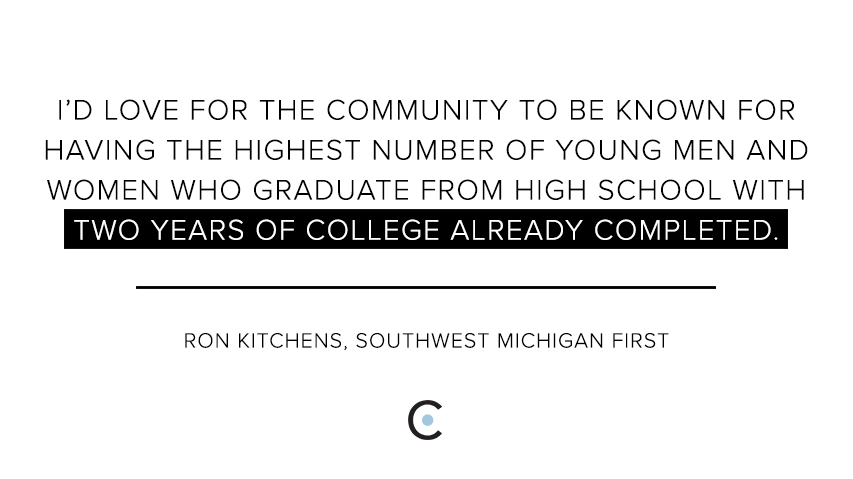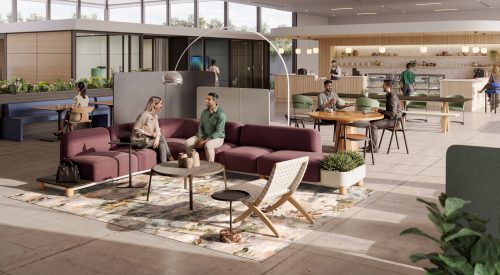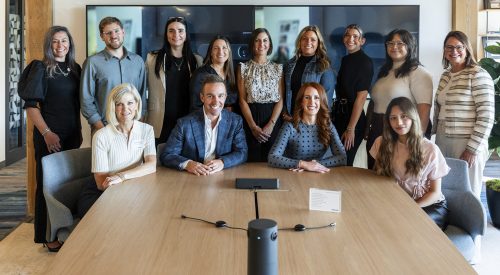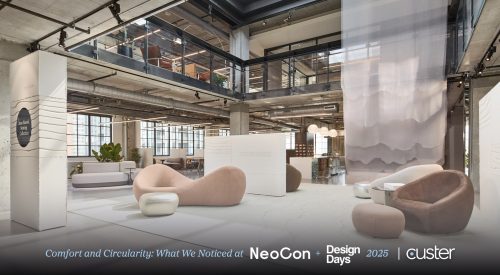- Blog
- Blog Series: What Will Kalamazoo Look Like in 10 Years? Part 3: Ron Kitchens
Blog Series: What Will Kalamazoo Look Like in 10 Years? Part 3: Ron Kitchens

 As CEO of Southwest Michigan First, Ron Kitchens is at the helm of the economic consulting firm’s aim to lift up leaders in the community. A big part of that is having an educated work force, Kitchens explains in his ten-year vision for Kalamazoo.
As CEO of Southwest Michigan First, Ron Kitchens is at the helm of the economic consulting firm’s aim to lift up leaders in the community. A big part of that is having an educated work force, Kitchens explains in his ten-year vision for Kalamazoo.
In this four-part series, we explore the future of Kalamazoo through the eyes, ideas, and expectations of community leaders. In part three of our series, Ron Kitchens, CEO of Southwest Michigan First, offers a revolutionary vision for education in Kalamazoo, West Michigan, and beyond.
Custer: What do you think Kalamazoo will look like 10 years from now?
RK: My wish for Kalamazoo and the region is that it leads the nation in the number of college graduates per capita, and that it is in the top 10% in the country in retaining and growing emerging leaders—that would be both Millennials and Generation Z, which is the next generation. So our focus has to be on the next decade. Everything we have to do has to be and. We have to continue to grow jobs that have built great companies, but that is only going to happen in the future with places that have the most available talent, and talent with the highest levels of education. Our region has to be focused on higher education. You know, I’d love for the community to be known for having the highest number of young men and women who graduate from high school with two years of college already completed. That’s what the best regions in the world are doing, and if we’re going to compete, that’s the minimum standard to be elite.
I think we have to embrace a strategy where we haven’t completely segregated K-12 from higher education. There’s no reason in today’s marketplace that we need to do that. Most high school seniors have the credits they need to graduate, or are very close, by the end of their junior year. And when we look at the requirements of what it takes to graduate high school in Michigan, versus what the basic freshman courses are in college, they’re very closely aligned. Dual-credit courses are not something that’s new and creative education strategy is not something that’s new, it’s just something Michigan hasn’t embraced.
Making Dual-Enrollment Possible in Kalamazoo and Our Region
There’s a system called middle college. The strategy behind middle college—and it’s executed in different ways in different places—is that during junior and senior year students are taking dual-enrollment courses. High school algebra is the same course as algebra in your freshman year in college; there’s no reason we shouldn’t be getting dual credits on that. There’s no reason we shouldn’t be setting high expectations for school districts to align with community colleges to focus on technical education programs while in high school. The only  reason it hasn’t been done is because there are too many adults making money off of it. There are too many entrenched bureaucracies who want to create isolated marketplaces. But at the time where education costs are getting out of control for middle income families in America, where we can, with just a fractional cost increase at the local school district level, ensure that every child that graduates does so with a technical degree— we need people with technical knowledge, with manufacturing skills, with the trade skills—there’s zero reason why we shouldn’t graduate people with a two-year degree.
reason it hasn’t been done is because there are too many adults making money off of it. There are too many entrenched bureaucracies who want to create isolated marketplaces. But at the time where education costs are getting out of control for middle income families in America, where we can, with just a fractional cost increase at the local school district level, ensure that every child that graduates does so with a technical degree— we need people with technical knowledge, with manufacturing skills, with the trade skills—there’s zero reason why we shouldn’t graduate people with a two-year degree.
Increasing, Not Decreasing, Standards
With dual credit for elite kids, for upper-middle-class kids, they’re already going to school districts that are giving them the capacity . So their families are saving tens of thousands of dollars of paying college tuition, because their school districts are doing that. There’s zero reason, there’s no academic reason we can’t do that at every school level in our state. It’s going to take pulling back on some programs; probably, if we do that, we can’t require every child in the state to take a foreign language. We probably can’t do that. But we don’t have to pull back on STEM classes, we don’t have to pull back on standards. In fact, we have to increase the standards of education at the high school level. But isn’t our state worth it? By doing that, kids graduate with less debt. And in effect, we’re going to be able to retain more in our state. We also become a place of choice where families want to come here because they know that they can gain that kind of access for their families—the quality education that ensures both the kid with the technical background as well as the kid with the academic background are going to have what they need to thrive in the economy.
For more information on Southwest Michigan First, visit their website and learn more about what they do. You can also catch up on our blog series with this post from Valerie Wright of Diekema Hamann, as well as this post from Jeff Eckert of Eckert Wordell.
Stay tuned here for the rest of the Kalamazoo Community series! And share with us in the comments below: what do you think Kalamazoo will look like 10 years from now?


